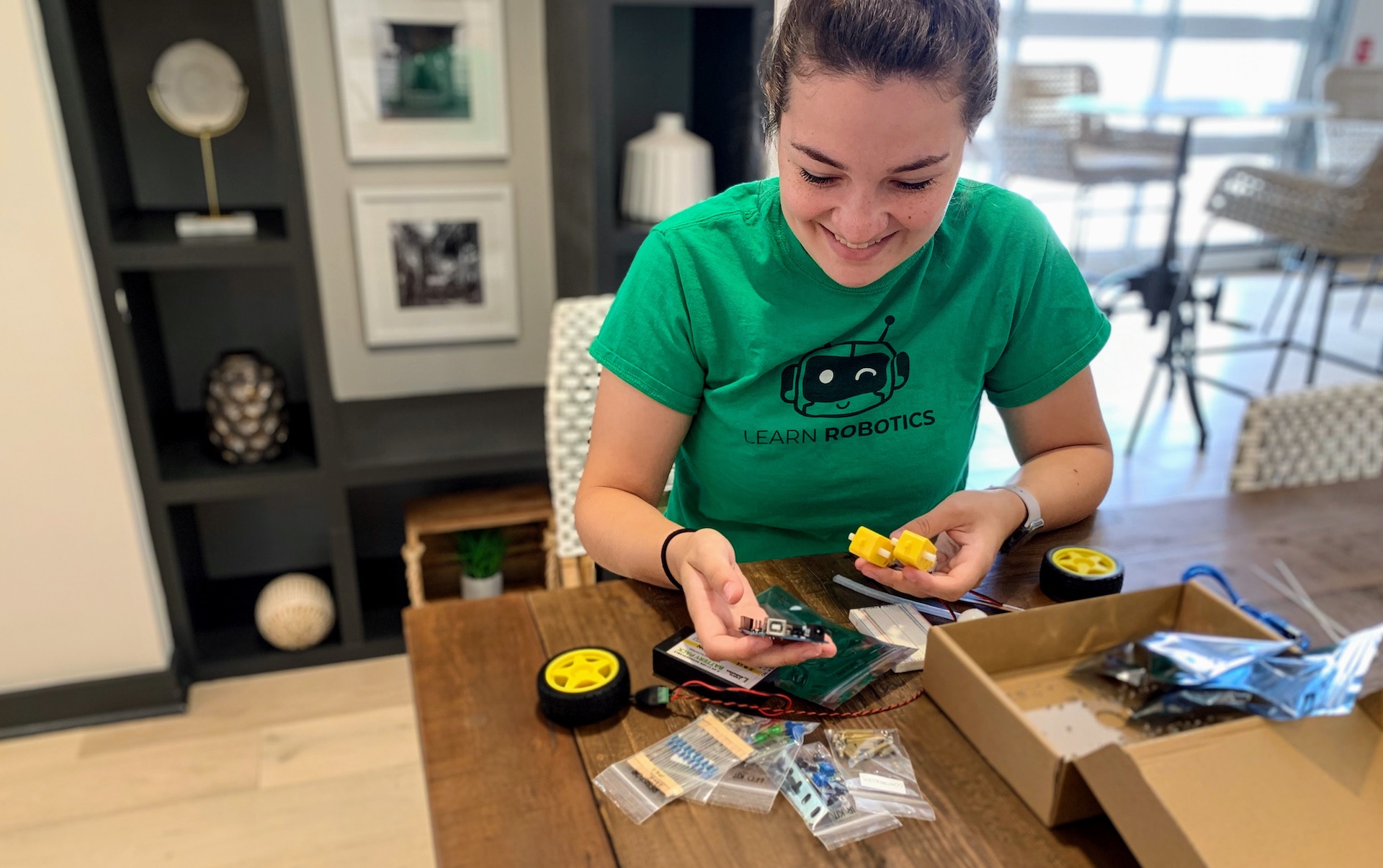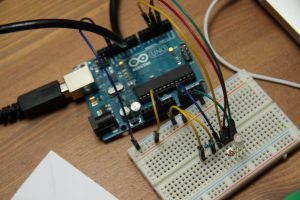The field of robotics has exploded in recent years, and this has brought about a lot of questions about how to incorporate technology into the classroom. The most common question we get at Learn Robotics is, “how do I start a robotics program at my school.” While it might seem complicated at first, incorporating robotics into the classroom doesn’t have to be intimidating or difficult.
In this article, you will learn about the advantages of incorporating robotics into the classroom, as well as common strategies for doing so. After reading this guide, you will have a better understanding of how you can start a robotics program in your classroom and discover the strategies you’ll need to create a successful robotics program.
Before we talk about what a successful robotics program is, let’s quickly review what robotics is and why it’s important for education programs.
What is robotics?
Robotics is the use of a wide range of technologies to make robotics-related tasks easier to perform. Robotics is often used in the fields of engineering, manufacturing, and science, but it’s becoming increasingly popular in everyday life. (More on that in a moment.)
As technology grows, so does the field of robotics.
For example, medical professionals use robotics to aid in surgery and assistive technology uses robotics to provide better accessibility for people with disabilities. Furthermore, robotics is used across businesses, where it has the potential to streamline operations and procedures.

Robotics is generally defined as the design, construction, and operation of robots. There is also a growing subfield of robotics known as artificial intelligence or AI.
AI uses algorithms to replicate human intelligence in robots (androids). Artificial intelligence is often paired with other engineering fields, such as computer science and software engineering, to make the process of creating a robot more scalable and efficient.
Why should you incorporate robotics into the classroom?
One way to attract more students and get them interested in STEM fields is by providing hands-on, interactive programs that teach robotics. Robotics programs can help inspire creativity and ingenuity at an early age, so it’s important to expose students to project-based learning and coding sooner, rather than later.
The main advantage of robotics is that it allows students to learn through hands-on activities.
Robotics is a great way to engage students by allowing them to try out ideas and solutions by applying them to real-world scenarios.
In classrooms without robotics, students may rely on textbooks and other reading materials to learn new concepts, which are not as exciting as working with tools, writing software, and building working prototypes.
Robotics can also increase STEM literacy and help students develop 21st-century skills (including critical thinking, collaboration, and problem-solving).
We’ve found that even students who aren’t familiar with robotics become more interested in engineering subjects after taking Learn Robotics programs.
Why Most Robotics Programs Fail (And What You Can Do to Ensure Success)
Strategy 1: Find the “Right” Robotics Curriculum for your Classroom
The first strategy is to identify robotics technologies for your classroom. This will help you to narrow down the field to some of the most effective robotics resources.

First, choose your robotics kits and how they will be used in the classroom. Smaller robots are great so that each student can pick up technical skills independently.
Larger robots are good for small groups (less than 4 students) to work together. Depending on your learning outcomes a mix of small and large robots can be a great way to involve every student in your program.
Bring Learn Robotics to your school and have the exact tools, lesson plans, and training to inspire students to pursue engineering.
Book a call to start a Learn Robotics Program at your School
You also need to consider how you want to incorporate robotics into your classroom.
For example, do you want to incorporate robotics into a physical or digital classroom? If you want to incorporate robotics into an existing physical classroom, you will need to purchase robotics equipment and furniture. On the other hand, if you are planning to use robotics in a digital space, you can use online tools and resources to create engaging lessons.
Strategy 2: Set Clear Goals for your Robotics Program
Next, you will want to set clear goals for your robotics program. This will help you to stay focused on what you are trying to accomplish during the program and how you want to do so.
For example, if you are incorporating robotics into a physical classroom, you will want to consider what your students’ needs are and what type of experience you want to provide them with.

Are they more comfortable operating with hands-on activities, or do they prefer a more passive learning experience? You will also want to consider the advantages and disadvantages of each type of experience.
For example, robotics can help students think more critically about their work across multiple subjects. You can also improve AP Computer Science scores with real-world robotics applications.
Strategy 3: Form a Team of Confident Educators
Next, you’ll want to form a team to help you implement it. This team can include teachers with diverse backgrounds in science, engineering, and mathematics.
Furthermore, you’ll want to make sure your staff has training in coding, electronics, and robotics. That way teachers will feel comfortable and confident before they’re instructing students. Contact us to request robotics PD training for your staff.
You will also want to include administrators, staff, and parents, to set student expectations. By forming a team, you can help each member to communicate better and make better-informed decisions. This can help to make the robotics program more efficient and effective.
How Learn Robotics Helps Schools Start a Robotics Program
And, if all of this sounds overwhelming, we’re here to help.
We’ve helped over a dozen schools, colleges, and universities launch and run their robotics programs. The best part: most of the instructors know nothing about robotics!
You can launch a Learn Robotics program at your organization in just a few weeks. Book a call to see if your organization is a good fit!
Strategy 4: Plan Your Robotics Program and Purchase Equipment
Finally, it’s important to plan your robotics program. This can help to ensure that your team stays focused and that you are following a structured process.
First, consider the learning outcomes and what types of activities you want to provide your students. In this step, you will need to purchase robotics materials and equipment.

You’ll want to make sure each learner has a robotics kit and access to the lesson plans. That way your program will be successful, and each student will feel included in the robot-building process.
Start a Robotics Program at Your School, today!
Robotics can be a great way to integrate technology and engineering into the classroom. You can use robotics to help students learn about engineering, computer science, and programming.
Robotics can also help to improve STEM literacy and expose students to new fields of study. However, it does take a lot of planning and preparation to successfully incorporate robotics into your classroom.
If you’d like a full roadmap including lesson plans, kits, and materials, Learn Robotics can help!
Book a call with us and find out if your organization is a good fit for Learn Robotics Programs.




